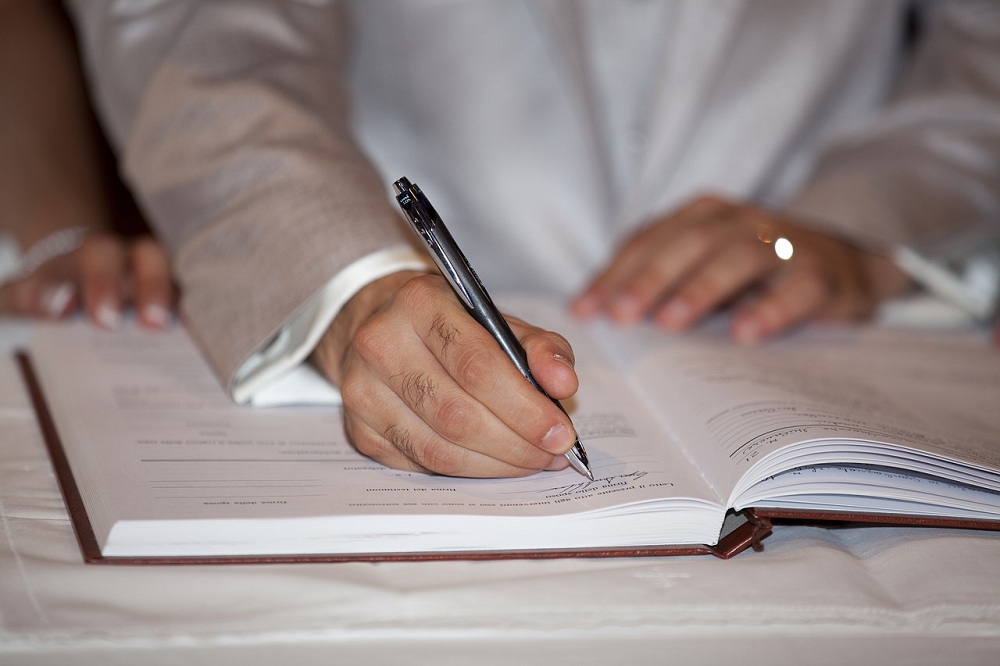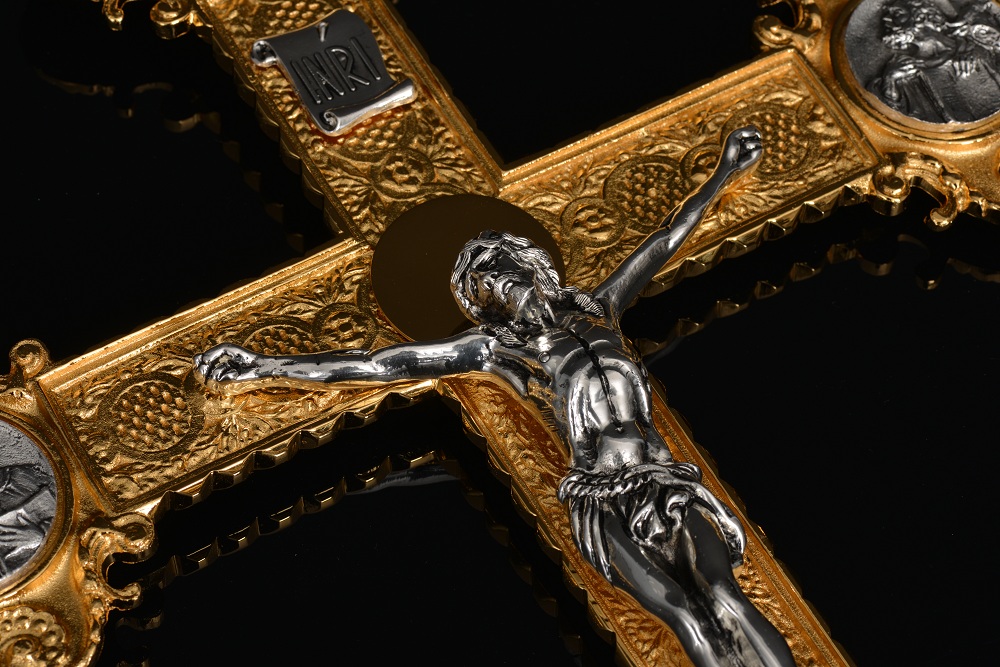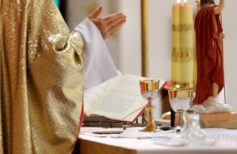Parish registers are irreplaceable documents for reconstructing the religious life but not only that, their importance extends to the community. Let’s find out what they are, how they are compiled and how we can consult them too.
What are parish registers?
Each parish preserves the history of the men and women who frequent it and who have frequented it. It is not just a question of the real, physical presence that animates its rooms, in the common rooms, catechism classrooms, and of course inside the church.
Contents [hide]
A presence that remains, in some way, to linger even after those people no longer attend the parish, and have long since passed away, as always happens in places full of rich spiritual activity.
The parishes keep track of the passage in the world of the parishioners, of their human and Christian life, of their relationships, thanks to the parish registers.
But what does that mean? Simply said. The parish registers are books on which the parish priest, or whoever on his behalf, records everything that happens within the parish. In particular, the parish registers report births, thanks to the registration of Baptisms, the deaths of parishioners, through the reporting of funerals, marriages, communions, confirmations, and in general the administration of the sacraments.
The obligation to compile and keep these special books derives even from the Council of Trent (1545-1563).
In reality, although the church began to require a check on parish registers starting from the Council, many parishes already compiled them as early as 1300, as evidenced by the ecclesiastical registers found for example in Palermo, whose annotations begin in 1350, or those kept in the Florence Baptistery, dating back to 1340.
In 1563 the Council of Trent ended, within which it was established not only that the parish priests would have to record baptisms, marriages and, subsequently, also the deaths of their parishioners in various registers intended for that particular use. In addition, the task of the priests would have been to keep track of the ‘state of souls’ of the persons entrusted to them.
From 1614 also the drafting of the so-called State of souls, which we will return to shortly, becomes mandatory.
In some areas of Trentino Alto Adige, the first printed parish registers appear as early as the early 1800s. But they will be compiled mostly by hand everywhere until the 20th century.
Also in 1900, the habit of drawing up duplicates began to spread, to try to preserve above all the oldest registers from deterioration.
The Code of Canon Law concerning parish registers states the following:
Can. 535 – §1. In every parish there should be parish books, that is, the book of the baptised, marriages, the dead and possibly other books according to the dispositions given by the conference of bishops or by the diocesan bishop; the parish priest is to see to it that these books are carefully written and diligently preserved.
§2. Confirmation and everything concerning the canonical status of the faithful concerning marriage should also be noted in the book of the baptised, without prejudice to the prescript of can. 1133, to the adoption, as well as concerning the sacred order, to the perpetual profession made in a religious institute and the change of the rite; such notations are always reported in the baptismal certificates.
§3. Each parish has its own seal; the certificates issued on the canonical status of the faithful, as well as all the acts that may have legal relevance, are signed by the parish priest or delegate and bear the parish seal.
§4. In each parish there should be a tabularium or archive, where the parish books are stored, together with the letters of the Bishops and other documents which must be kept for their necessity or usefulness; these books and documents must be checked by the diocesan bishop or delegate during the visit or at another opportune time and the parish priest is careful that they do not fall into the hands of outsiders.
§5. Even the most ancient parish books are to be kept diligently, according to the provisions of particular law.
How to enter an event in the parish registers
As can be imagined, the annotations on the parish registers must be made according to precise rules, imposed by the Roman rite. Each annotation must be complete with:
- place
- date
- reported event
- name of the officiant
- name of the person concerned
- any witnesses
Often, especially in older registers, the person who is the protagonist of the registered act is indicated not only with his or her name but also with references to relatives and other participants in the life of the parish. Furthermore, the person was often indicated by different names, perhaps using a usual nickname or the transliteration of the name in dialect.

Ambrosian rite and Roman rite: let’s see the differences together
Ambrosian and Roman rite. How do they differ?…
If we look at the old parish registers we will see that they were compiled by hand and that there was a different book for baptisms, weddings and funerals.
The ecclesiastical register called “State of the souls” or “status animarum” deserves a separate discussion. As we have already mentioned, it became mandatory only after the Romanum Ritual of 1614. On it, the personal data of the parishioners was reported along with the sacraments they received, but also information relating to the profession they carried out and what they possessed, as this register was also used to calculate the so-called tithe, the ‘tax’ to be paid to the church.
The editorial language was usually Latin, especially as regards the ritual formulas, but also the common language that was spoken by the people, even with influences due to the local dialect. Particularly interesting for historians are the notes that parish priests often marked on the page, to record significant events, such as cataclysms, famines, battles.
What are the parish registers for
The religious interest, but also and above all historical, of these registers will appear even more evident if we consider that, before 1867, there was no birth register at the municipal registry. Therefore, only the parish registers allow us to reconstruct what may have been the demographic evolution of a particular area, but also to find out more about the people who lived there, their stories, life and death. The fact that the registers, for each event, not only show the name of the person concerned, but also those of relatives and witnesses, can allow us to reconstruct a genealogical line that unfolds from register to register, from parish to parish.
As for the possibility of consulting parish registers, perhaps to seek information on one’s ancestors or to carry out studies, even today the ecclesiastical registers are kept in the parish of residence of those who are brought back. So it is enough to know the place of origin of the person on whom we are researching and to hope that the records have not been lost due to fires, collapses, wars.
Alternatively, a search can be made at the data collection centres dedicated to Family History, spread all over the world, which also keep the registers of many Italian parishes. Again, a search can be made in the diocesan archives.
How can you consult the parish registers online?
Today, modern technologies allow us to greatly speed up our research on parish directories. In fact, consulting parish registers online is already a reality in Italy. And when it is not possible to directly access the aforementioned data with a click, it is nevertheless possible to find sites specialised in indexing the registers, which can easily guide us on the parish or diocese in which to go and look for what interests us. The work of digitalising parish registers in our country is naturally slow, but essential to preserve precious, priceless documents, which otherwise would be destined to be lost due to deterioration. Thanks to photographs and scans, operated with the utmost care in environments that guarantee the protection of delicate documents, it is possible to create digital archives in every parish, in every diocese. Furthermore, making the data of the parish registers available online constitutes the creation of a treasure of knowledge and experience for all. The further one goes, the more the desire, even the need, emerges to look back and understand the past.



















 19 March 2025
19 March 2025






